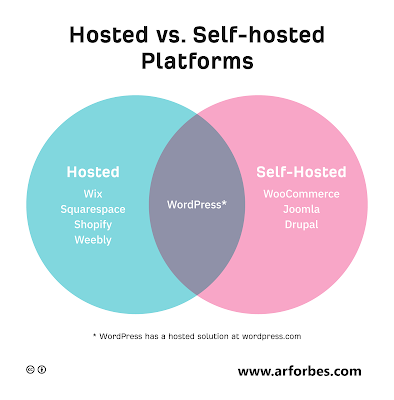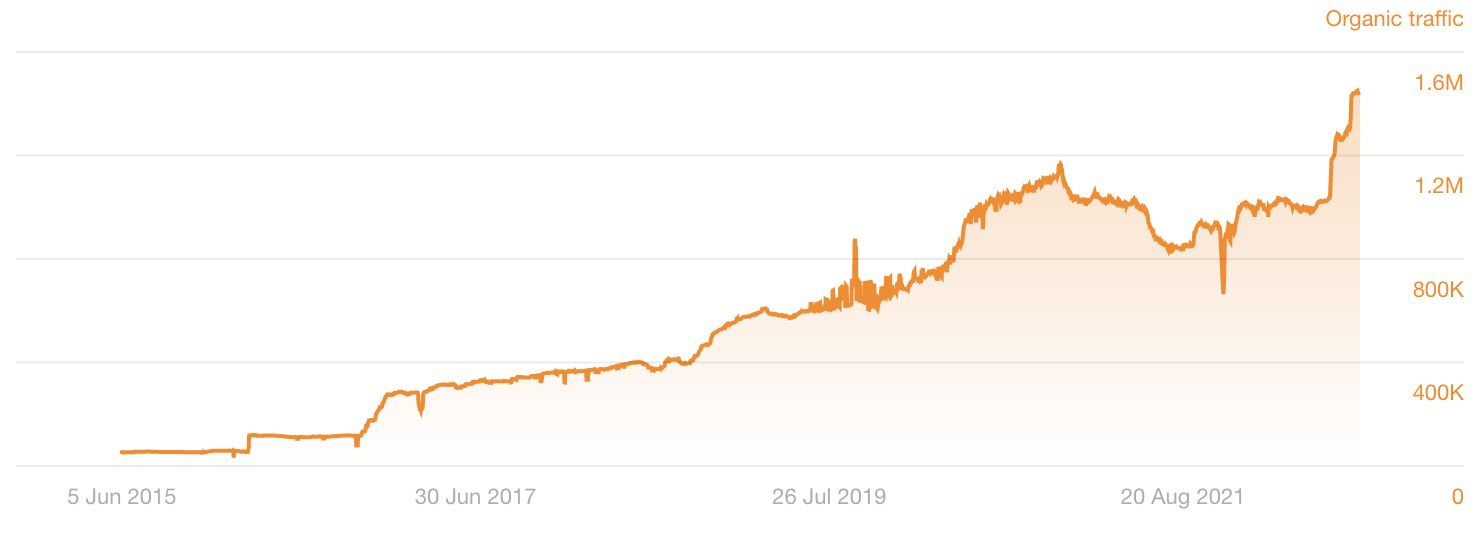SEO Complete: Beginner’s SEO Guide for new website (update 2023)
Do you want to get a complete SEO beginner tutorial for a new website or blog that will help you to get your website to the first page of Google?
If you want people to find your website through Google, you must understand the fundamentals of SEO. These are less complicated than you would imagine.
Continue reading to find out what SEO is, how to set yourself up for success, and how to become indexed.
- SEO Basics
- How to set up your website for SEO
- How to setup your website for SEO (Part 2)
- What is a keyword?
- How to find the right keywords for your website
- How to optimize your website for search engines
- Webmaster Tools and Google Analytics
- How to use Google Search Console
- How to write great content
- How to get backlinks
FAQ SEO
What is SEO?
SEO is for search engine optimization, and it refers to the practice of increasing the visibility of a website in search engine results pages such as Google, Bing, Yahoo, DuckDuckGo, and others.
What is the best SEO Guide for Beginner’s?
the we have the best seo Guide for Beginner’s for freeSEO stands for search engine optimization, the process by which marketers attempt to get more visibility for their website in search engine results pages on Google, Bing, Yahoo, DuckDuckGo, and other search engines.
What is the best Free SEO Courses for Beginners?
Coursera’s Search Engine Optimization Fundamentals: This 13-hour, 4-module digital course (created by the University of California, Davis) is designed to help you understand how search algorithms affect organic search results. It covers everything from building an effective strategy to analyzing and optimizing your existing website.
How does SEO work?
Through the use of technical, on-page, and off page SEO tactics, marketers effectively tell search engines what their website is about and why it should rank well in search engine results pages.
What is SEO?
SEO is for search engine optimization, and it refers to the practice of increasing the visibility of a website in search engine results pages such as Google, Bing, Yahoo, DuckDuckGo, and others.
What is the best SEO Guide for Beginner’s?
the we have the best seo Guide for Beginner’s for freeSEO stands for search engine optimization, the process by which marketers attempt to get more visibility for their website in search engine results pages on Google, Bing, Yahoo, DuckDuckGo, and other search engines.
What is the best Free SEO Courses for Beginners?
Coursera’s Search Engine Optimization Fundamentals: This 13-hour, 4-module digital course (created by the University of California, Davis) is designed to help you understand how search algorithms affect organic search results. It covers everything from building an effective strategy to analyzing and optimizing your existing website.
How does SEO work?
Through the use of technical, on-page, and off page SEO tactics, marketers effectively tell search engines what their website is about and why it should rank well in search engine results pages.
What will you get in this tutorial?
- 1. SEO fundamentals
- 2. Setting up for SEO success
- 3. Getting on Google
- 4. How to track SEO success
1. Seo fundamentals guide:
What exactly is SEO?
What is the significance of SEO?
What are the advantages of SEO?
How do you go about SEO?
SEO consists of five major steps:
- Keyword investigation. Find out what people are looking for.
- Making content. Create material for search engines.
- SEO on the page. Make your material as straightforward as possible.
- Creating links. Build trust and authority by linking to other websites.
- SEO for technical purposes. Assist search engines in effectively finding, crawling, and indexing your material.
2. Setting up for SEO success:
Get an excellent domain name:
The domain name:
top-level domain (TLD) (TLD)
Get use of a website platform.
- It is adaptable. You are free to modify the open-source code in any way you see fit. There’s also a large development community that knows the platform thoroughly and out.
- It can be expanded. There are millions of plugins available to increase its capabilities, including several SEO plugins.
Use a professional web host.
- Security. Make certain you obtain a free SSL/TLS certificate. Or, at the absolute least, support for Let’s Encrypt, a non-profit organization that provides free certificates.
- The server’s location. Data travels slowly between the server and the visitor. As a result, it’s ideal to select a host with servers in the same country as the majority of your traffic.
- Support. 24/7 assistance is great. Before you sign up, ask the above questions to see how excellent their help is.
Make the user experience enjoyable.
Make use of HTTPS.
Select an attractive design.
Make certain that it is mobile-friendly.
Use a legible font size.
Avoid annoying pop-ups and advertisements.
Make certain that it loads quickly.
Make a sitemap structure that is logical.
- Plain: website.com/?p=123
- Day and name: website.com/2021/03/04/seo-basics/
- Month and name: website.com/03/04/seo-basics/
- Numeric: website.com/865/
- Post name: website.com/seo-basics/
Rank Math – Best Free WordPress SEO Tools in 2023 UPDATE.
3. Getting on Google
Discovering or building a sitemap
- site.com/sitemap.xml
- site.com/sitemap index.xml
4. How to track SEO success
Natural traffic
Rankings for keywords
Important take ways:
- SEO is the practice of increasing organic search traffic to a website.
- This is accomplished by ranking high in organic search results.
- SEO is vital since without it, you are unlikely to rank well Month after month, ranking high provides you with free, passive, and steady traffic.
- Keyword research, content production, on-page SEO, link building, and technical SEO are all part of SEO. When your website is correctly set up for SEO success, doing SEO becomes lot easier.
- Google will often discover and index your website on its own, but you may occasionally expedite the process by providing your sitemap.
SEO Beginners Tutorial 2023
© copyright 2019 – all rights are saved





.png)










2 Comments
Wow, marvelous blog layout! How lengthy have you been blogging for?
you made blogging look easy. The whole glance of your website is excellent, as smartly as the content material!
You can see similar here dobry sklep
Just came across this fascinating article. A great read that provided valuable insights on the subject. If you’re eager for more information, be sure to visit briansclub.cm for additional resources. Happy exploring!